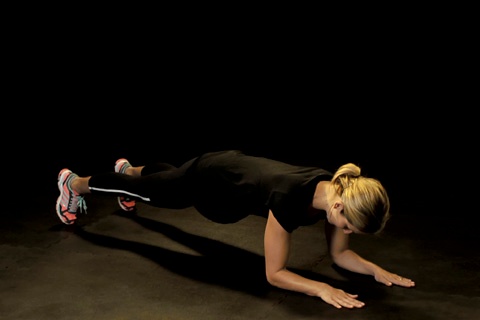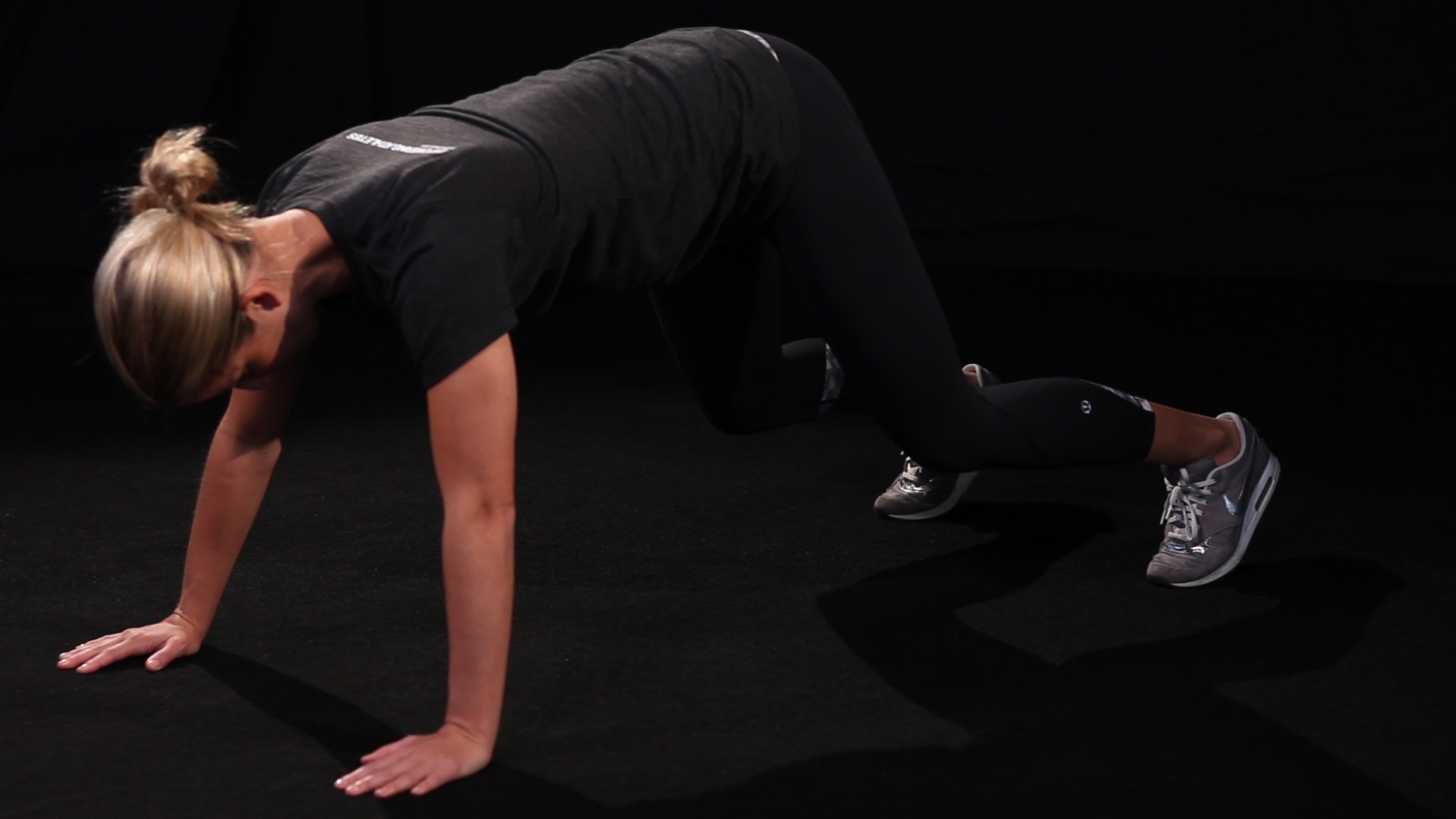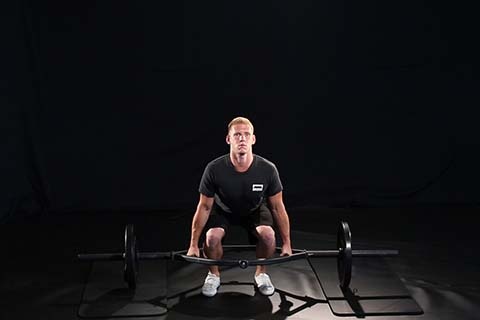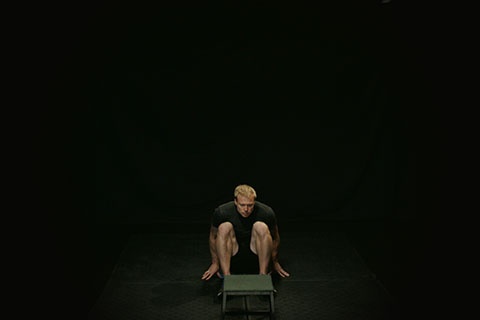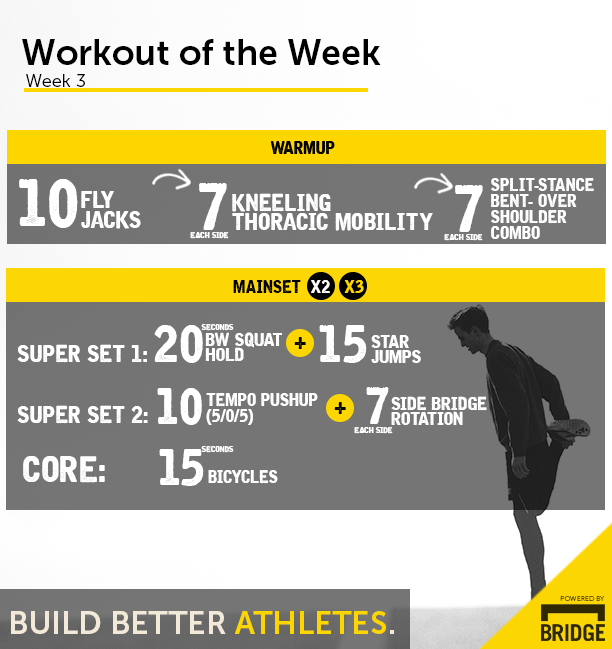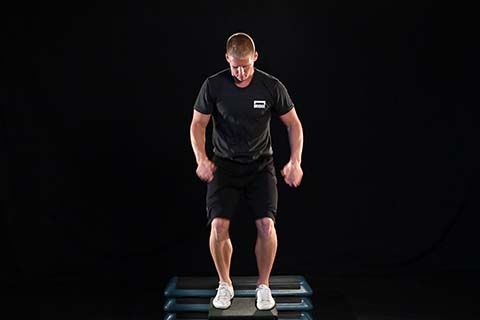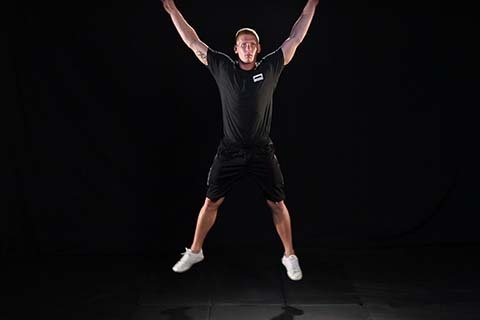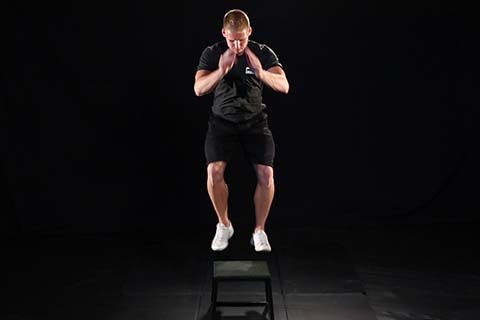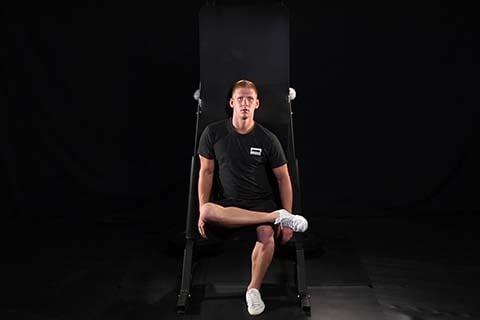Read More
Read More

Day 5: Depth Jump
Building Blocks: The Bi-Lateral Lower Extremity Jump Progression Day 4
By Nick Folker on September 17, 2015
Tuck, Roll, Jump adds coordination and kinesthesia to the jump progression. Make sure to only perform this once you have mastered your landing technique.
Read More
Building Blocks: The Bi-Lateral Lower Extremity Jump Progression Day 3
By Nick Folker on September 16, 2015
The Seated Box Jump is a great exercise to teach hip speed and coordination. Like the regular Box Jump, try to use a soft box, such as a gymnastics box, instead of a metal box. Initially, set the box up at knee height. You will also need a box or bench to sit on. Make sure seat allows for a hip-knee angle just above 90 degrees to start with. As you improve over time, you can lower the height of the box or bench.
Exercise 3: Seated Box Jump
Building Blocks: The Bi-Lateral Lower Extremity Jump Progression Day 2
By Nick Folker on September 15, 2015
Exercise 2: Star Jump
Building Blocks: The Bilateral Lower-Extremity Jump Progression
By Nick Folker on September 14, 2015
Read More
Exercise 4: Single Leg Wall Sit
Bridge Tip: Add this in to your single-leg progression once you have mastered the 1-Leg Box Squat.
.png?width=150&height=50&name=BRIDGEBLOG(1).png)
